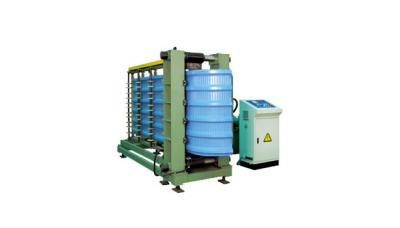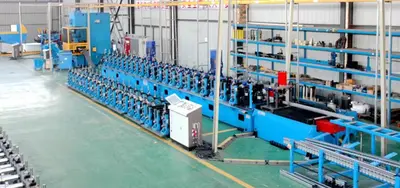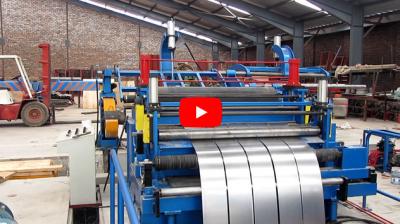How Do Rock Wool Production Line Manufacturers Respond to Changes in the Insulation Market Environment?
In the current context of a sluggish insulation market, rock wool production line manufacturers are facing multiple challenges such as overproduction and insufficient market demand. To address this dilemma, manufacturers need to adopt a series of effective measures to ensure the stable development of their enterprises.
In-Depth Understanding of Market Changes
First and foremost, rock wool production line manufacturers should deeply understand market changes, closely monitor policy adjustments, fluctuations in raw material prices, competitive landscape, and customer needs. Through in-depth market analysis, manufacturers can better grasp market trends and provide strong support for formulating responsive strategies. Moreover, manufacturers need to strengthen communication with customers to understand their real needs for better market demand fulfillment.
Optimizing Production Processes and Improving Production Efficiency
Secondly, rock wool production line manufacturers can reduce production costs and improve product quality by introducing advanced production equipment and technology, thus enhancing market competitiveness. Additionally, manufacturers can strengthen production management and employee training to ensure safety and stability during the production process.
Enhancing Technology Research and Development
Apart from optimizing production processes, rock wool production line manufacturers can also enhance technology research and development to increase product added value. Through continuous innovation and development, manufacturers can develop more environmentally friendly, energy-saving, and efficient rock wool board products to meet the diverse needs of customers. Meanwhile, manufacturers can collaborate with universities and research institutions to jointly promote innovation and development in rock wool board technology.
Expanding Sales Channels
Furthermore, rock wool production line manufacturers can expand sales channels and actively explore new markets. By participating in industry exhibitions, establishing online sales platforms, and engaging in collaborations, manufacturers can increase brand awareness and attract more potential customers. Additionally, manufacturers should pay attention to policy changes both domestically and internationally, seizing policy opportunities to expand into overseas markets.
Adjusting Production Scale
To tackle the issue of overproduction, rock wool production lines manufacturers can consider adjusting production scale to avoid excess capacity. Through reasonable control of production scale, manufacturers can reduce inventory pressure, lower capital occupation, and improve profitability. Moreover, manufacturers can flexibly adjust production plans based on market demand changes to ensure alignment between production and market needs.
Emphasizing Brand Image and Reputation Building
Finally, rock wool production line manufacturers should place emphasis on brand image and reputation building. By improving product quality, optimizing after-sales service, and enhancing promotional efforts, manufacturers can establish a positive corporate image and gain customer trust and support. In a highly competitive market, a good brand image and reputation will become key factors for enterprises to stand out.
In conclusion, facing challenges such as a sluggish insulation market and overproduction, rock wool production line manufacturers need to tackle these issues from multiple aspects and formulate comprehensive response measures. Only by continuously innovating, actively responding, and consistently enhancing their competitiveness can they stand out in fierce market competition and achieve stable development.


 CN
CN
 EN
EN
 fr
fr  de
de  es
es  it
it  ru
ru  pt
pt  ar
ar  th
th  pl
pl  ro
ro 







 Call us on:
Call us on:  Email Us:
Email Us:  #1809, Jianhu Rd, Keqiao, Shaoxing, Zhejiang, China
#1809, Jianhu Rd, Keqiao, Shaoxing, Zhejiang, China 